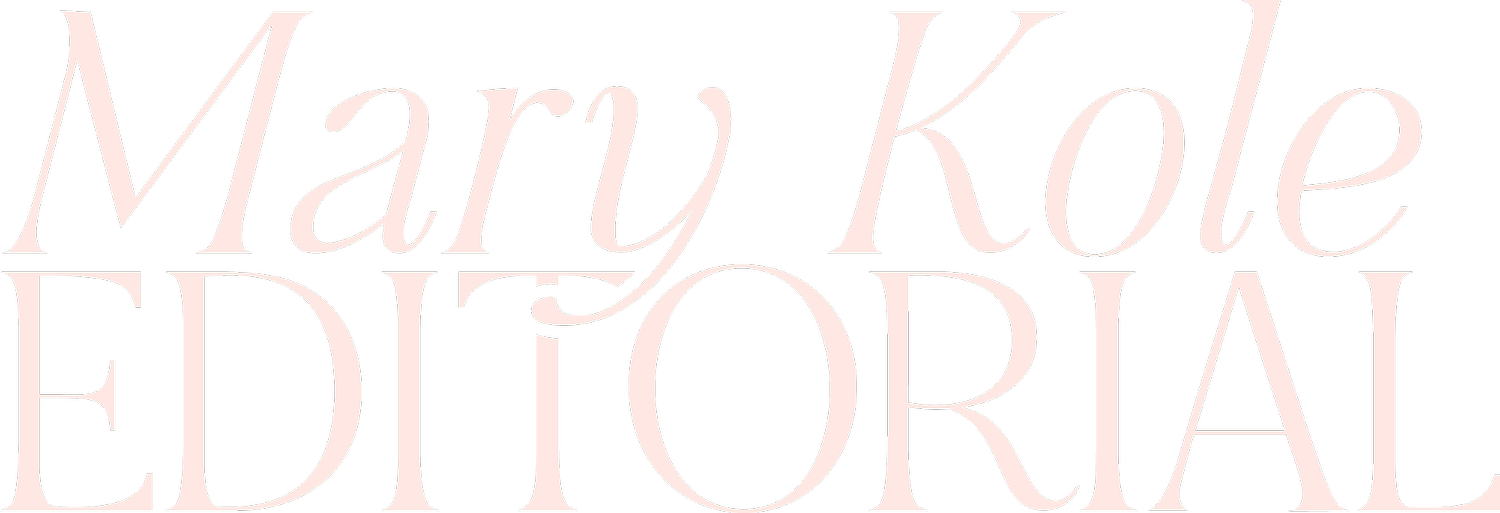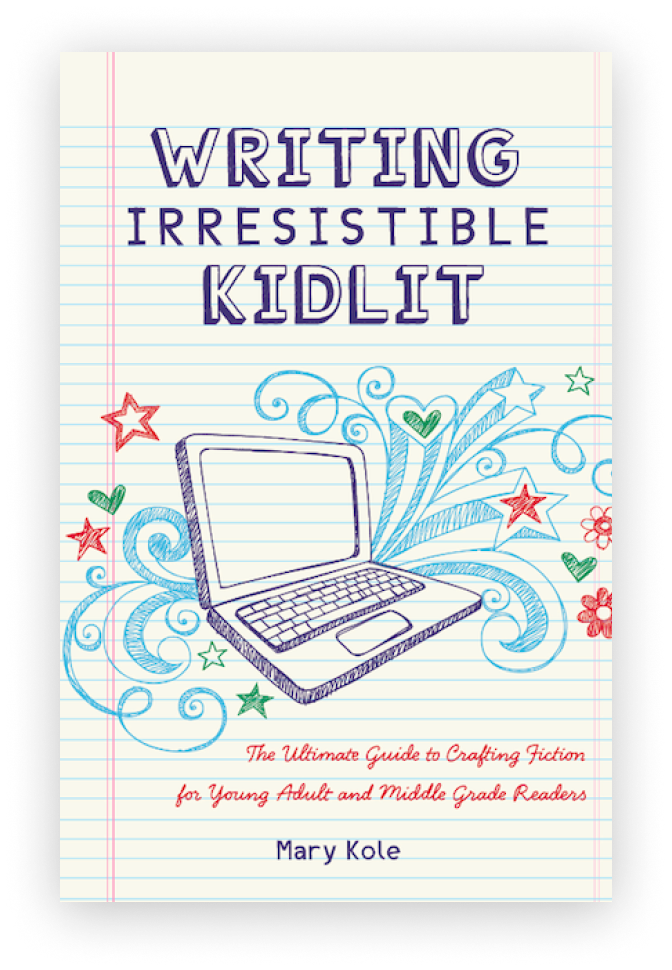Figurative Language
By Mary Kole
Mary Kole is a former literary agent, freelance editor, writing teacher, author of Writing Irresistible Kidlit, and IP developer for major publishers, with over a decade in the publishing industry.
Figurative language is an important component of any creative writing practice. Whether you’re writing a novel, a poem, or memoir, the use of figurative language can help add depth, meaning, and beauty to your words. Figurative language can also contribute to reader enjoyment. However, not all writers are familiar with the various types of figurative language, nor are they aware of how and when to use them. In this article, I’ll take a closer look at figurative language in creative writing, including techniques, examples, and genres where figurative language is commonly used.
What Is Figurative Language?
Figurative language, simply put, is language that goes beyond its literal meaning. Its purpose is to add an extra layer of understanding or resonance to the text. There are several types of figurative language, including metaphors, similes, personification, hyperbole, irony, and other writing imagery. Each type serves a unique purpose and can be used to enhance the writing voice and characterization.
Metaphors are one of the most commonly used types of figurative language in literature. They compare two unrelated objects or ideas to create a new meaning. For example, “Her eyes were stars in the sky” is a metaphor that compares the subject’s eyes to stars, suggesting that they are bright and also mysterious. This figurative language plays with connotation as well as outright meaning. Similes are similar to metaphors but use the words “like” or “as” to make a comparison. For example, “He was as strong as an ox” is a simile that compares the subject’s strength to that of an ox.
Personification is another popular type of figurative language that gives human qualities to nonhuman objects or animals. For example, “The sun smiled down on the beach” is a personification that gives the sun the human ability to smile. Hyperbole, on the other hand, uses exaggeration to create emphasis or to make a point. For example, “I’ve told you a million times” is hyperbole that exaggerates the amount of times something has been said to emphasize frustration or annoyance. Some of these images are very familiar, but don’t stop at the first comparison that comes to mind with your own writing imagery.
The objective correlative is also an example of figurative language, which uses a symbol to imbue a scene or setting with emotional meaning.
Other Considerations of Figurative Language
Figurative language can be used in any genre, but some genres tend to use it more than others. Poetry, for example, relies heavily on figurative language to create vivid imagery and to make abstract concepts more accessible, and it is expected in this type of writing. In contrast, contemporary fiction may use less figurative language to create a more straightforward narrative. However, this is not a hard and fast rule and ultimately, writers should choose the amount of figurative language based on what best serves the story or poem, as well as their target audience and intended writing style.
It’s important to note that while figurative language can enhance writing, it is possible to overuse it. Too much figurative language can make the writing feel forced or overbearing, distracting from the story or poem. Style should never overshadow substance. As with any writing technique, balance is key. Use figurative language sparingly and strategically to create the effect you desire.
Figurative language is a powerful tool that every writer should have in their writing toolbox. Whether you’re crafting a poem or a novel manuscript, the use of metaphor, simile, personification, hyperbole, objective correlative, and other types of figurative language can add richness, depth, and meaning to your work. Now that you have a better understanding of what figurative language is, when and how to use it, and genres where it is commonly used, I encourage you to experiment with it in your own writing journey. Keep in mind that every writer has their own unique voice, and figurative language can help you develop yours.

Click here to purchase Writing Irresistible Kidlit, my book on fiction craft for MG and YA novels, out from Writer's Digest Books. This will show you my writing craft philosophy and give you lots of valuable advice, including tips for the novel revision process and self-editing. There are over 35 example novels cited and discussed throughout. It’s a valuable resource for any writer’s toolkit.
Click here to purchase Irresistible Query Letters, my book on query letters, including over forty examples with comprehensive notes on each one. There’s a ton of submission advice, best practices, and insider information in these pages, and you’ll really enjoy seeing what other writers are doing in the slush.




